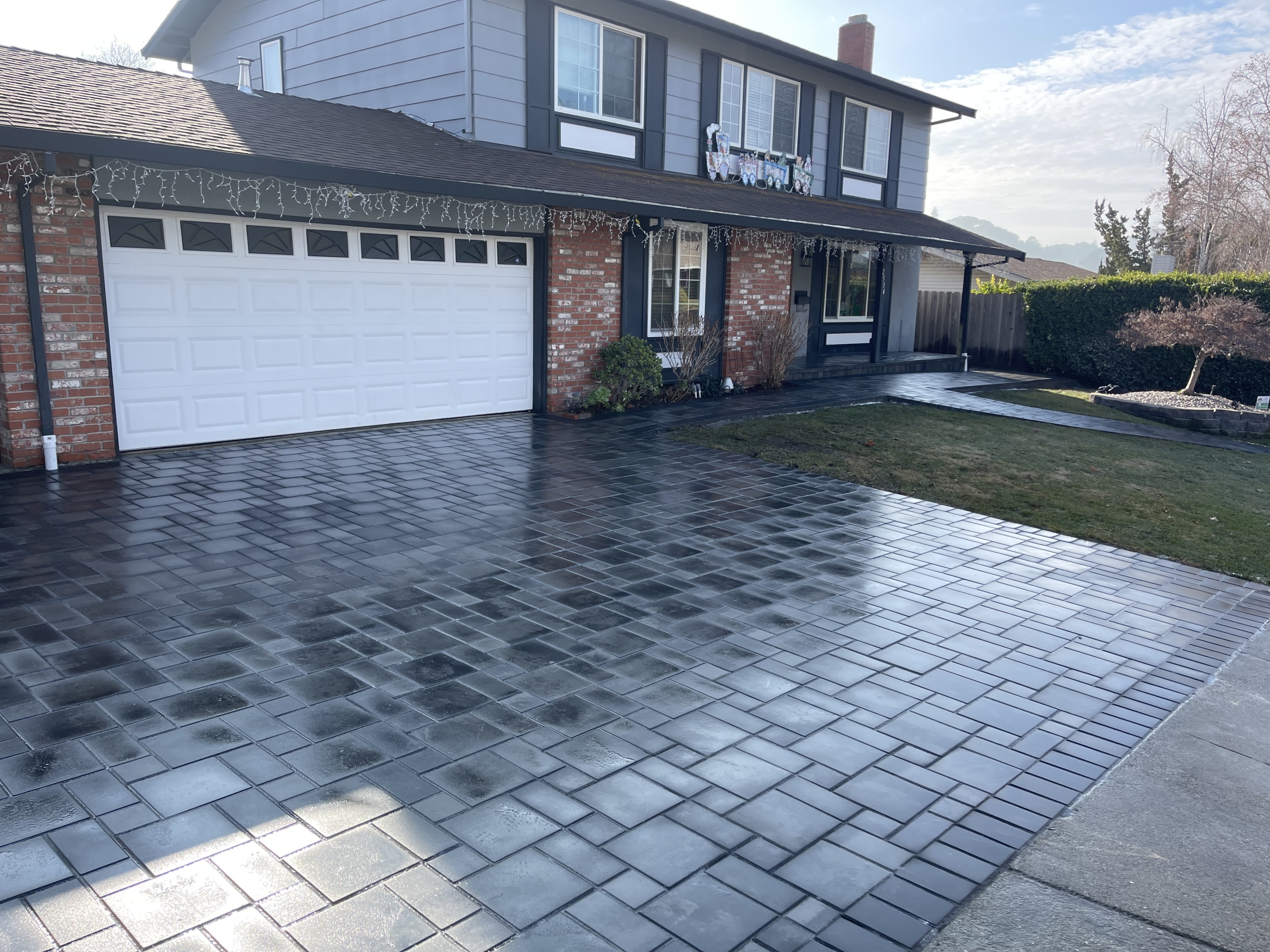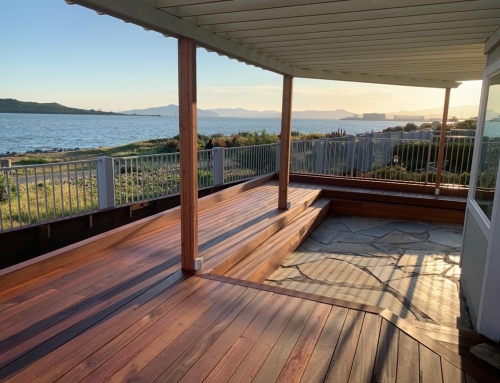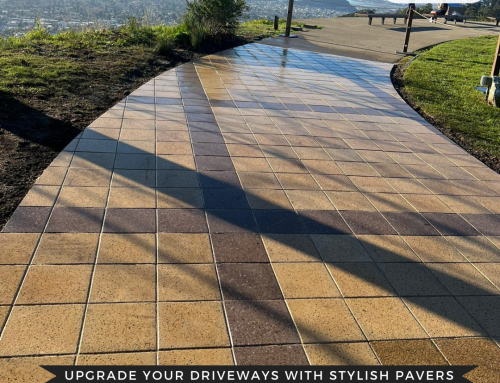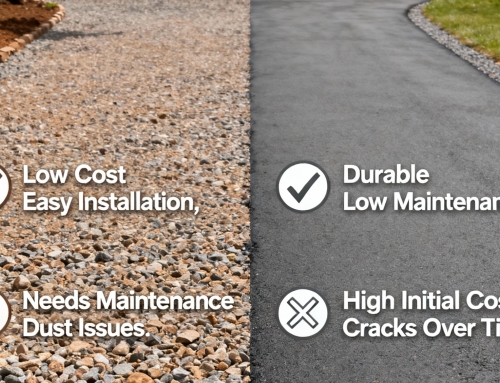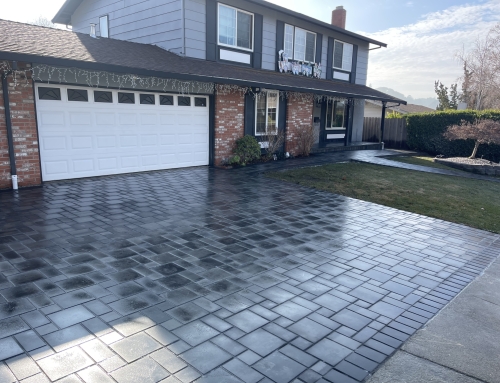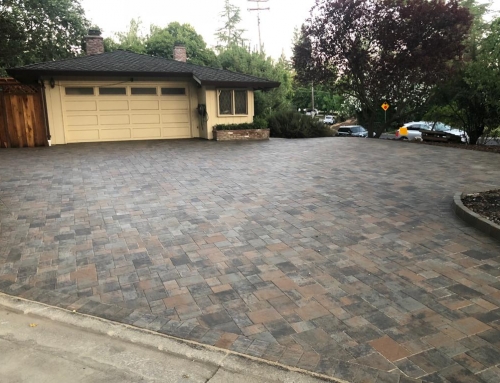Title: Choosing the Right Slab: A Complete Guide to Slab Types, Materials, and the Best Options for Your Home
When it comes to designing a strong and attractive foundation—whether for a home, patio, walkway, or driveway—slabs are central to the structure’s integrity. Homeowners and builders often face the challenge of selecting the right type of slab, the ideal stone or cement to use, and determining which slab option works best in residential settings. With countless materials and construction methods available, it’s easy to feel overwhelmed.
In this guide, we break down the three main types of slabs, evaluate their pros and cons, and help you determine which slab is best suited for your needs—whether you’re building a house, enhancing outdoor hardscapes, or working with paving contractors in San Jose to upgrade your driveway.
1. Understanding the Three Main Types of Slabs
Concrete slabs are widely used in modern construction, especially in residential and commercial buildings. However, not all slabs are created equal. Depending on structural needs, environmental factors, and architectural preferences, builders commonly use three types of slabs:
a. Flat Slab
Flat slabs are simple horizontal surfaces of reinforced concrete, typically supported directly by columns without the use of beams. This design is especially common in parking garages, commercial buildings, and modern residential structures.
Key Features:
- Offers a clean, flat ceiling surface (no beams).
- Allows for flexible architectural layouts.
- Easy installation of utilities like electrical conduits and HVAC.
Best For: Multi-story buildings, open-layout designs, and modern homes where aesthetics and ease of construction are important.
b. Conventional Slab (Beam and Slab)
This is the most commonly used slab type in traditional residential construction. It involves pouring concrete over a framework of beams and columns, creating a highly stable and load-bearing surface.
Key Features:
- High load-bearing capacity.
- Suitable for uneven ground and heavy construction.
- Offers strong resistance against settlement and movement.
Best For: Houses, villas, and buildings in areas with unstable soil conditions.
c. Hollow-Core Slab
These precast slabs contain hollow tubes that run through their length, reducing weight while retaining strength. They’re commonly used in commercial construction and are known for their efficient load distribution.
Key Features:
- Lightweight and easy to transport.
- Insulation benefits due to air gaps.
- Quick to install, especially in precast construction projects.
Best For: Large commercial buildings, fast-paced construction timelines, and areas where structural load reduction is essential.
2. Which Type of Slab is Best?
The “best” slab type depends on your specific use case, environmental factors, and budget. Here’s a breakdown:
| Use Case | Best Slab Type | Why It’s Best |
|---|---|---|
| Modern residential homes | Flat Slab | Clean look, no beams, adaptable design. |
| Traditional homes | Conventional Beam-Slab | Time-tested, strong, and reliable. |
| Commercial buildings | Hollow-Core Slab | Precast efficiency and weight reduction. |
| Quick installations | Hollow-Core or Flat Slab | Faster setup and utility-friendly layouts. |
Verdict: For most residential applications, the Conventional Beam and Slab design is the best due to its strength and compatibility with common building practices.
3. Which Slab is Best for a House?
When building a house, several factors come into play: soil type, climate, budget, and aesthetics. Based on structural stability and long-term durability, here’s what you should consider:
a. For Ground-Level Floors:
Raft or Mat Slab: This is a large, thick slab that covers the entire building footprint, distributing load evenly. It is especially useful in areas with weak soil.
Pros:
- Prevents differential settlement.
- Distributes weight evenly.
- Ideal for soft or clay-heavy soil.
b. For Upper Floors:
Conventional Slab with Beams: This provides strength and reduces the risk of cracking over time.
Pros:
- Supports heavier loads.
- Integrates easily with walls and roofing systems.
- Long-lasting with minimal maintenance.
c. For Outdoor Applications (Patios, Driveways):
Flat Concrete Slabs or Stone Slabs: These are durable and visually appealing, especially when treated or textured for slip resistance.
Pros:
- Great aesthetics for outdoor settings.
- Can be customized with finishes or coatings.
- Compatible with interlocking pavers and landscaping.
Conclusion: For the main structure of a house, go with conventional slab with beams. For exterior or decorative areas, flat slabs or stone slabs work best.
4. Which Stone is Best for Slabs?
Stone slabs are ideal for patios, walkways, and countertops. When choosing stone for slabs, durability, weather resistance, and aesthetic appeal are critical.
a. Granite Slabs
Best For: High-traffic areas, countertops, exterior patios.
Why:
- Extremely durable and scratch-resistant.
- Resistant to heat and stains.
- Available in a wide range of colors.
b. Sandstone Slabs
Best For: Garden paths, pool surroundings, warm climates.
Why:
- Natural, earthy appearance.
- Slip-resistant surface.
- Easy to cut and install.
c. Limestone Slabs
Best For: Outdoor patios, traditional homes.
Why:
- Smooth texture and neutral color tones.
- Relatively affordable.
- Ages beautifully over time.
d. Slate Slabs
Best For: Modern outdoor aesthetics.
Why:
- Unique layered texture.
- High slip resistance.
- Cool surface in hot climates.
e. Marble Slabs
Best For: Interior floors, luxury kitchens, bathrooms.
Why:
- Luxurious appearance.
- Smooth and elegant finish.
- Best used in low-traffic or covered areas due to its softness.
Conclusion: Granite is the most versatile and durable option for slab stone—suitable for both indoor and outdoor use. For warmer climates and natural aesthetics, sandstone and limestone are excellent alternatives.
5. Which Cement is Better for Slabs?
The quality of cement used in slab construction significantly affects durability, resistance to weather, and structural performance. The two most commonly used types of cement in slab construction are:
a. Ordinary Portland Cement (OPC)
Grades Available: 33, 43, and 53.
Best For: Structural slabs, residential buildings.
Why:
- High compressive strength (especially OPC 53).
- Fast setting time.
- Ideal for load-bearing structures.
b. Portland Pozzolana Cement (PPC)
Best For: Long-term durability, water-exposed structures.
Why:
- Excellent resistance to sulfate attacks.
- Lower heat generation during curing.
- Eco-friendly due to fly ash content.
Which Is Better?
| Criteria | OPC 53 | PPC |
|---|---|---|
| Setting Time | Fast | Moderate |
| Strength | High early strength | Gains strength over time |
| Weather Resistance | Moderate | High (sulfate resistance) |
| Best Use | Structural slabs, columns | Slabs in wet areas |
Conclusion: For most slab work in homes, OPC 53-grade cement is preferred due to its strength and fast setting time. However, in coastal or damp environments, PPC is a better long-term option.
Final Thoughts: Work with Experienced Professionals
Choosing the right slab for your project is a balance of material, function, and budget. From foundation slabs to decorative outdoor stone slabs, the material and design you select will impact everything from your home’s stability to its curb appeal.
If you’re working on a patio, driveway, or walkway project, it’s highly recommended to consult with paving contractors who have experience in slab installation, grading, drainage, and surface finishes. These professionals understand local climate demands, soil conditions, and building codes—and can help you select and install the ideal slab material that balances performance with aesthetics.
Summary Checklist: Choosing the Right Slab
| Application | Recommended Slab Type | Material Suggestions |
|---|---|---|
| Ground-Level House Floor | Mat Slab / Raft Foundation | OPC 53 Cement |
| Second Floor or Higher | Conventional Beam-Slab | OPC 53 Cement |
| Outdoor Patio | Flat Concrete Slab / Stone Slab | Sandstone / Limestone |
| Kitchen Countertops | Precut Stone Slab | Granite / Marble |
| Walkways / Paths | Paver-Based Slab | Slate / Sandstone |
By understanding the types of slabs, the best materials to use, and how each option fits your project, you’ll make a more informed decision that ensures beauty, strength, and longevity. Whether you’re building a new home or upgrading outdoor spaces, slab selection is a foundational choice—quite literally. Take your time, ask the right questions, and don’t hesitate to seek expert help when needed.


